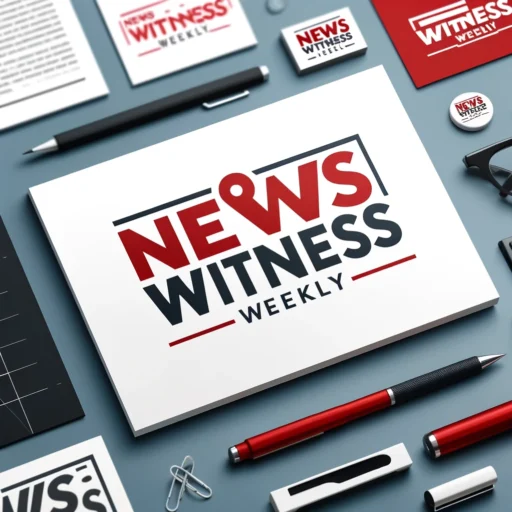In a far-reaching display of military precision, the United States launched a series of overnight strikes on three major Iranian nuclear sites—Fordo, Natanz, and Isfahan—delivering what Defence Secretary Pete Hegseth described as a blow that “devastated the Iranian nuclear programme.” The campaign involved B-2 stealth bombers, 75 precision-guided munitions, and 14 “bunker-buster” Massive Ordnance Penetrators (MOPs), marking the most significant US operation of its kind to date. The Pentagon emphasised the mission’s singular aim: to neutralise nuclear threats, not to initiate regime change.
Decoy Tactics and Technical Triumph
General Dan Caine revealed the operation included deceptive diversions—B-2 bombers conducted flights over the Pacific to mislead Iran’s air-defence systems. Remarkably, the American aircraft returned unfettered, having received no hostile fire. High-resolution satellite imagery later confirmed six fresh craters at the Fordo site, evidence of deep-penetration strikes designed to bypass subterranean bunkers.
A Multinational Response: Israel Strikes Back
In a collaborative escalation, Israel launched its own attacks. Israeli air forces reportedly carried out missions targeting military command hubs in Yazd and multiple sites across Isfahan, Bushehr, and Ahvaz, using over 60 munitions. The coordinated actions underscore growing cooperation between Washington and Tel Aviv in destabilising Iran’s nuclear infrastructure.
Civilians in the Crossfire
Iranian civilians are already feeling the consequences. Border crossings into Armenia have become escape routes for those seeking refuge from the bombings. Reports describe widespread electricity blackouts, ammunition shortages, and patchy internet access. For many, the attacks have shattered a sense of security: “We were trying to make changes ourselves inside, and I don’t think a change coming from US or Israel would be a good change,” said one resident.
Emotional echoes are also emerging on social media. Some Iranians vocalise hopes that this marks a shift toward diplomacy; others express fear, confusion, and anger.
Strategic Significance: A Turning Point?
Middle East analysts suggest this may be the most drastic escalation between the US and Iran in over four decades. With Iran’s defence systems reportedly intact but unable to detect or intercept the mission, the perception of vulnerability has shifted dramatically. According to commentator Lyse Doucet, the leadership in Tehran now faces a pivotal dilemma: retaliate and risk full-scale war, or refrain and suffer a blow to national credibility.
Balancing Denials and Diplomatic Overtures
Despite the severity of the strikes, US officials maintain that war is not their aim. Vice President J.D. Vance stated: “We are not at war with Iran … We are at war with its nuclear ambitions.” The Pentagon stressed Iran retains a pathway to negotiation if it abandons its nuclear infrastructure.
President Trump echoed this during a Pentagon briefing, warning Iran to “make peace” or face “far greater” consequences in the future, while insisting the objective was deterrence—not regime collapse.
What Comes Next
Iran’s “everlasting consequences” warning signals that Tehran may escalate its own military responses. Whether Israel and the US are prepared for such escalation remains unclear. In a tense game of strategic brinkmanship, the line between calculated pressure and open conflict is razor-thin.
- Tactical Success vs. Strategic Blowback: Technically, the operation achieved its crippling goals—but what follows could spiral recklessly.
- Civil Vulnerability: Iranian civilians are bearing the brunt of escalatory warfare, blocking them from distancing themselves from a conflict they did not seek.
- Fragile Diplomacy: The US and Israel appear to retain diplomatic options—but as Iran vows retribution, the room for restraint narrows.
This military crescendo marks a dangerous escalation in Middle East tensions. If Iran retaliates, the risk of broader war is real. Yet US and Israeli officials are betting that measured dominance, coupled with open channels for diplomacy, might be enough to reshape Tehran’s calculus—without full-scale war.




